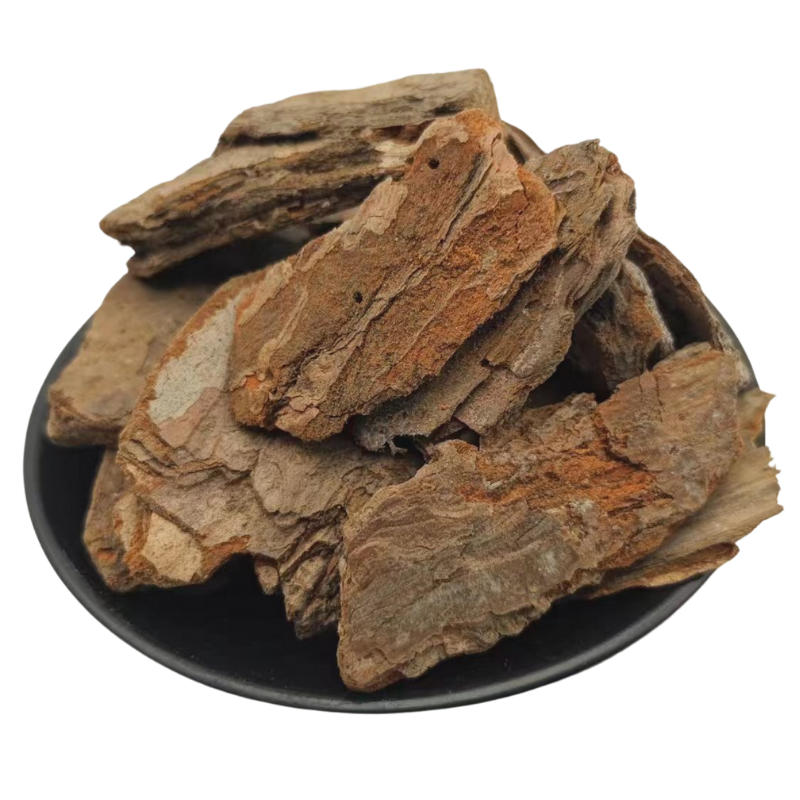
Benefits of Utilizing Fly Ash in Concrete Mixes for Enhanced Durability and Sustainability
The Role of Fly Ash in Concrete Benefits and Applications
In the quest for sustainable construction materials, the use of fly ash in concrete has garnered significant attention. Fly ash, a byproduct of coal combustion in electric power plants, is increasingly recognized for its potential to enhance the properties of concrete while promoting environmental responsibility. This article explores the composition, benefits, applications, and future prospects of using fly ash in concrete.
What is Fly Ash?
Fly ash is a fine powder composed primarily of silica, alumina, and iron. It is generated when pulverized coal is burned in thermal power plants. The resultant ash is carried away by flue gases and collected by electrostatic precipitators. Fly ash can be classified into two main types Class F and Class C. Class F fly ash results from burning anthracite or bituminous coal and is low in calcium content, while Class C fly ash, produced from lignite or sub-bituminous coal, contains significant amounts of calcium, which contributes to its cementitious properties.
Benefits of Using Fly Ash in Concrete
1. Enhanced Strength and Durability Fly ash improves the compressive strength of concrete, especially over time. The pozzolanic reaction between fly ash and calcium hydroxide enhances the formation of additional calcium silicate hydrate (C-S-H), which strengthens the concrete matrix. This reaction contributes to not only increased strength but also improved durability against chemical attacks, such as sulfate and chloride penetrations.
2. Reduced Permeability Concrete containing fly ash exhibits lower permeability compared to traditional concrete. The fine particles of fly ash fill the voids in the concrete mix, leading to a denser microstructure. This characteristic is particularly beneficial in mitigating water ingress and enhancing the longevity of concrete structures, especially in harsh environmental conditions.
3. Improved Workability Fly ash contributes to better workability in fresh concrete. Its spherical shape allows for easier flow and reduces the friction between particles. This improved workability can lead to easier placement and finishing of concrete, making it a preferred choice for large-scale construction projects.
fly ash for concrete

4. Environmental Benefits The utilization of fly ash in concrete contributes to waste reduction and resource conservation. By replacing a portion of Portland cement—whose production is energy-intensive and emits significant CO2—fly ash-based concrete reduces the carbon footprint associated with construction activities. Moreover, the recycling of industrial byproducts like fly ash supports sustainable building practices.
5. Cost-Effectiveness Fly ash can be a cost-effective alternative to traditional cement. Because of its availability and often lower price compared to Portland cement, using fly ash can help reduce material costs for construction projects. This can be particularly advantageous for large-scale developments.
Applications of Fly Ash in Concrete
The use of fly ash in concrete spans various applications, including residential, commercial, and infrastructural projects. Some notable applications include
- Pavement Construction Fly ash is commonly used in the production of concrete pavements, particularly in highways and airport runways, where durability and load-bearing capacity are critical. - Precast Concrete Products The use of fly ash in precast products such as blocks, bricks, and panels contributes to improved strength and longevity, making them ideal for construction. - Mass Concrete Structures In large structures where heat generation from curing is a concern, using fly ash can help mitigate temperature rises, reducing the risk of cracking due to thermal stresses. - Shotcrete Applications The inclusion of fly ash in shotcrete can enhance workability and bonding properties, making it suitable for tunnel linings and slope stabilization.
Future Prospects
As the construction industry increasingly focuses on sustainability and environmental stewardship, the demand for fly ash in concrete is expected to continue to grow. Ongoing research is aimed at enhancing the properties of fly ash, exploring its use in blended cements, and further understanding its long-term performance. Additionally, advancements in the technology for processing and utilizing fly ash could open doors to new applications and improve overall concrete performance.
In conclusion, fly ash presents a valuable opportunity for advancing concrete technology. Its ability to enhance structural properties while fostering environmental sustainability positions it as a crucial material in the future of construction. Through continued innovation and research, the construction industry can harness the benefits of fly ash to build more resilient and ecologically responsible infrastructure.
Share
-
Premium Talcum Powder Enhanced with GPT-4 Turbo | Soft & Long-LastingNewsAug.02,2025
-
Fly Ash Solutions Enhanced by GPT-4 Turbo | Sustainable InnovationNewsAug.01,2025
-
Natural Premium Bentonite Cat Litter - Superior ClumpingNewsJul.31,2025
-
Premium Resin Coated Sand - High Heat Resistance CastingNewsJul.31,2025
-
High Quality Silicon Carbide Grit for Abrasive ApplicationsNewsJul.30,2025
-
High-Quality Ceramsite for Plants & Gardening | Lightweight PebblesNewsJul.29,2025






